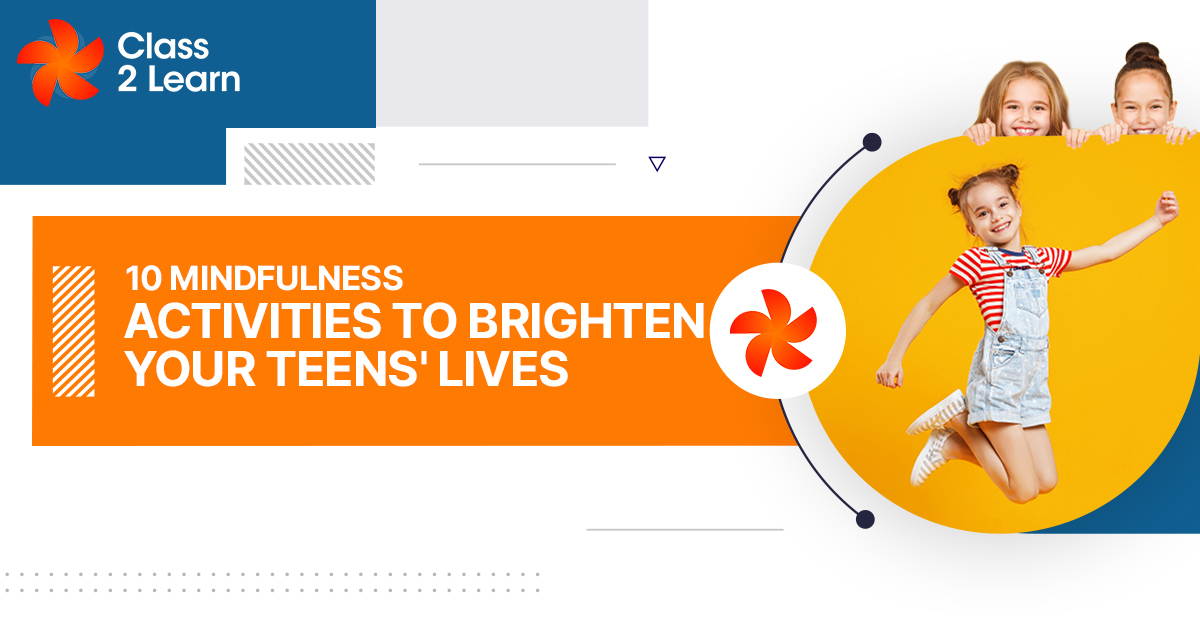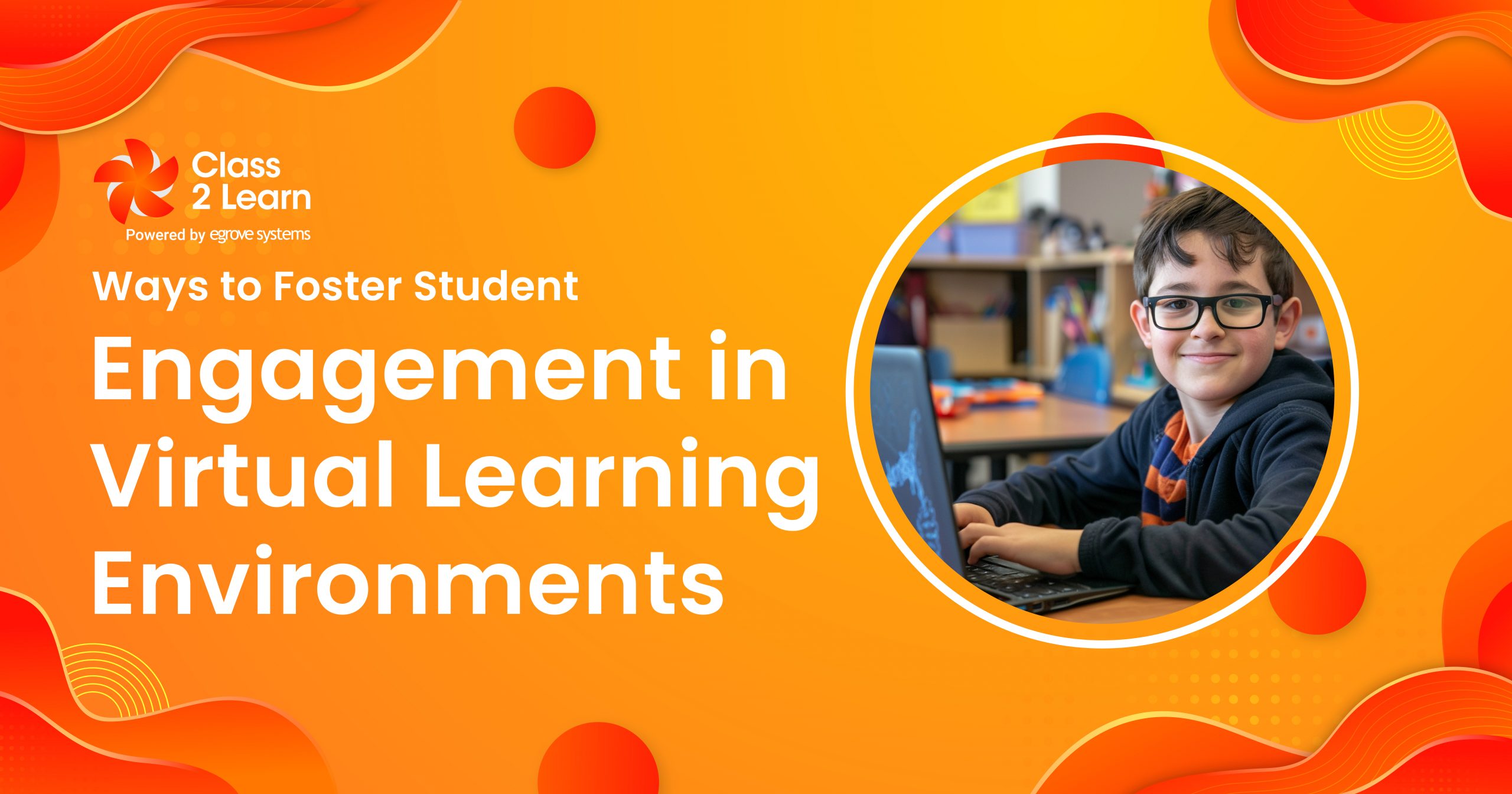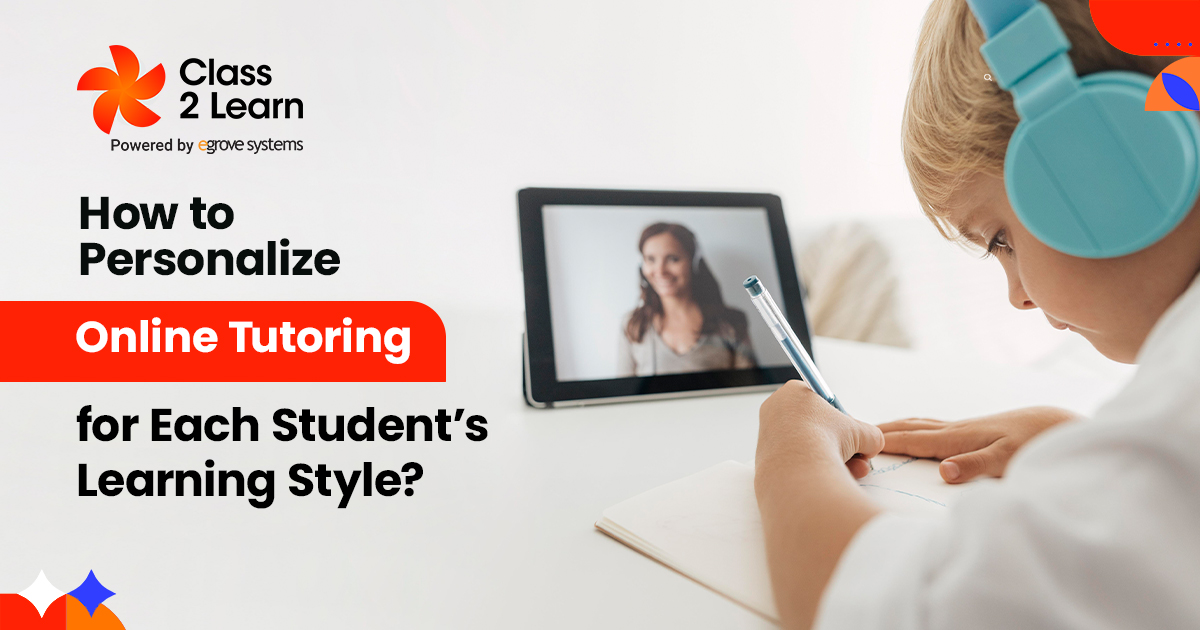Mindfulness activities for teenagers are related to those for adults. However, it is critical to place them in scenarios where teenagers are engaged in. This involves creating mindfulness meditation pertinent to their lives (such as practicing meditation to help with studying) or even doing exercises that tickle their interest (like mindfulness in taking food or mindfully listening to music).
Mindfulness skills such as self-compassion, patience, awareness, emotional balance, and nervous system calming can benefit anyone in their adolescence.
What does Mindfulness mean?
Mindfulness in the classroom is the purposeful obligation to pay undivided concentration to what is being taught in the present moment (not thinking about the previous session or the coming session) without judgment. Relaxation practices for teens, such as rhythmic breathing, grounding, and body scanning, can help in development.
A non-judgmental attitude is important because we tend to judge our thoughts. Just acknowledging your thoughts can make a big difference. Mindfulness can be a good coping strategy for children and adolescents during difficult times.
Benefitting Teenage Students
Being mindful is the conscious act of paying unbroken attention to what is occurring (rather than the past or the future) without passing judgment. Teen-friendly relaxation techniques like rhythmic breathing, grounding, and body scans can help to evolve it.
Since we often evaluate our thoughts, having nonjudgmental attitudes is crucial. Even just acknowledging our thoughts can result in significant improvements. For kids and teenagers, mindfulness can be a helpful growth approach and coping mechanism in trying situations.
The following mindfulness exercises for teens have been highlighted by numerous studies:
- Increased focus on studies
- Total self-control
- Decreased bullying
- Lessened teenage anxiety and anxiety
- Enhanced emotional control
- Improved social behavior
Mindful Activities involving Teens
You can practice daily mindfulness exercises by choosing the one that best suits you by trying out several methods of mindfulness. Additionally, different activities could offer unique benefits. For instance, some mindful activities may encourage relaxation while others encourage attentiveness. Mindfulness in teens can take many different forms, including mental, emotional, spiritual, and physical.
Here are 11 tips for teens to succeed in school.
- Deep Breathing Activity
Deep breathing is a classic mindfulness practice to assist the body in its relaxation response, often referring to consciously manipulating breathing while consciously focusing on it. This particular activity refers to deep, slow breathing (sometimes called abdominal breathing) using the diaphragm. This encourages your body to relax.
- Paced Breathing for relaxation
This is another type of breathing technique in which you take about 6 breaths per minute with an inhalation/exhalation ratio of 4/6. It has been found that rhythmic breathing promotes a state of harmony between your breath and your heart. You can use skills from previous activities (Deep Breathing Activity) to make your breathing diaphragmatic.
- Gradual Relaxation of the Muscles
With this technique, you gradually tense and relax different muscle groups from head to toe. The idea is to relax your body and relieve tension. It deliberately modifies your physiology to reduce tension, stress, and other problems in both your body and mind. You can work out more or fewer muscles, depending on your preferences.
- Reflection
There are numerous mindful practices, all of which require maintaining a single physical posture and focusing on a single aspect, such as your breathing, a mantra, or bodily sensations. Bring your attention back to that focus whenever your mind wanders—and it will non-judgingly bring it back to that point of attention. It may not be suitable for all ages to meditate, and it can be painful at first.
- Using 5-4-3-2-1 as a foundation
This is a calming approach that will help you stay in the present by guiding you through your five senses. Teenagers might use this method to get through challenging or demanding circumstances.
To start the 5-4-3-2-1 method, take a deep inhale from your abdomen.
5 – LOOK: Search the area for five items, then speak out about what you found.
4 – FEEL: Pay attention to how you feel in your body and list out loud four things you may feel.
3 – LISTEN: Pay attention to three noises, then name them aloud.
2 – SCENT: Name two scents that you can detect.
1 – TASTE: Describe anything that you can taste.
- Complete Body Scan
The act of performing a body scan is just another easy mindfulness exercise. Spend 10 to 30 seconds focusing on each region of your body, such as your toes, the bottoms of your feet, the tops of your feet, and any bodily sensations such as heat, cold, pressure, sensation, pressure, pain, or textures. There are many guided body scans available to make this easier.
- Logging in Details
Be alert at all times, but especially when it is given your complete attention without passing judgment. You can “free write” in your logbook, which allows you to write anything that comes to mind without editing or censoring. The use of prompts might help direct the writing toward particular subjects.
- Activity/Workout
When performed with complete concentration, the repetitive exercises can become meditative. Performing a mindfulness-based mindset any physical activity can be transformed into a mindfulness exercise. Teens can go for a walk while being mindful of everything around you, including sounds, temperature, how walking feels, physical sensations, local nature, and views.
- Drawing Shades
Drawing color-coded shades is a simple mindfulness exercise. A sense of creativity and playfulness can be added to mindfulness through coloring. Give the colors your complete concentration to make this a thoughtful exercise. Bring the focus back to the coloring whenever the mind strays softly and without criticism.
- Eating Mindfully
Try carefully eating a piece of fruit or a piece of candy for a quick mindfulness exercise. Start with a clementine; observe the fruit’s color, texture, and smell; then slowly peel it. Examine the sensation of eating it slowly after taking a bite.
Conclusion
Finally, Mindfulness is most effective when it is practiced regularly. Sometimes it can feel like a lot of work to attach yourself to a new habit. Luckily, there are many tools for mindfulness so that everyone can find something appropriate for them.





Add comment